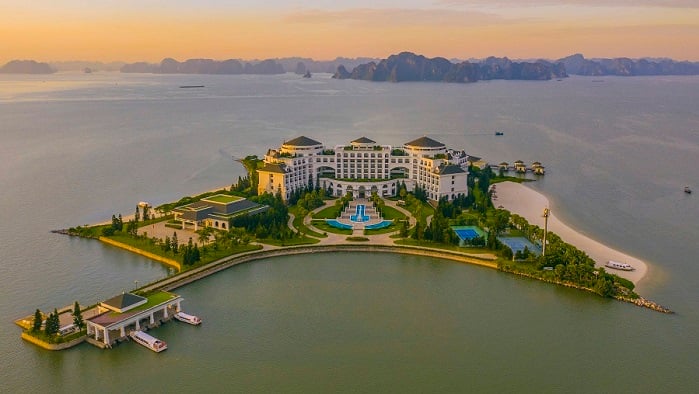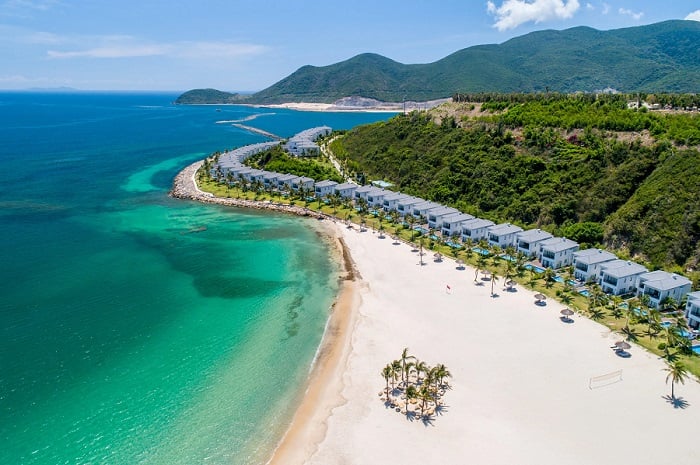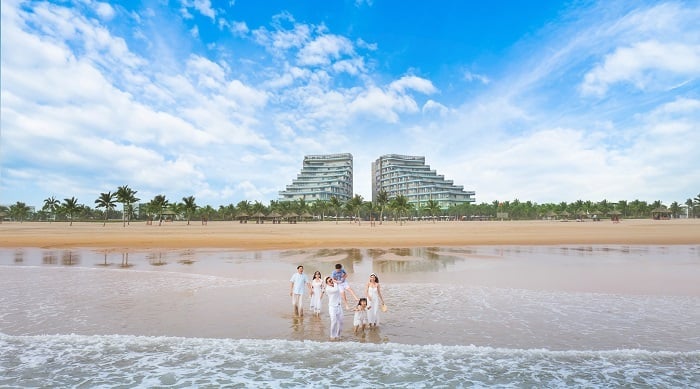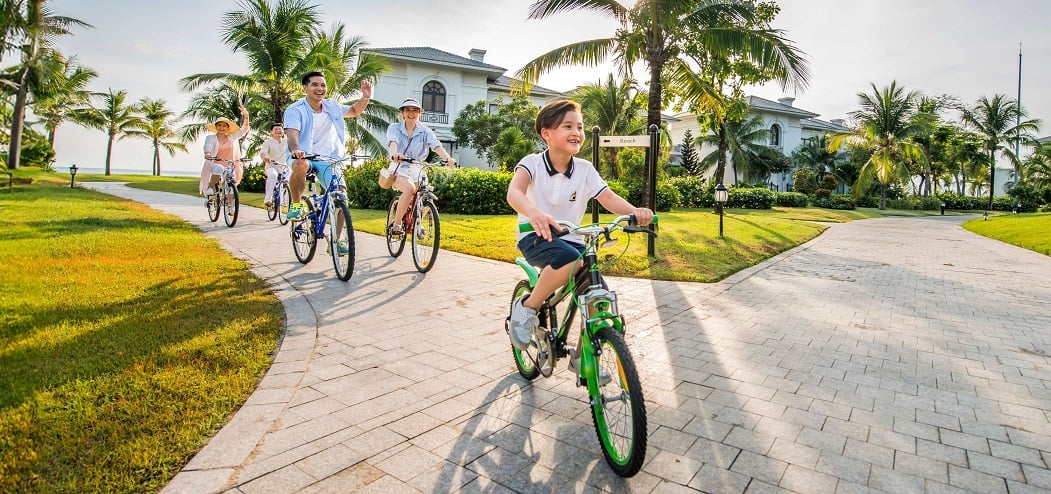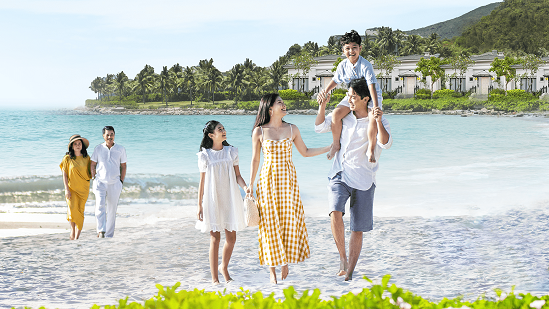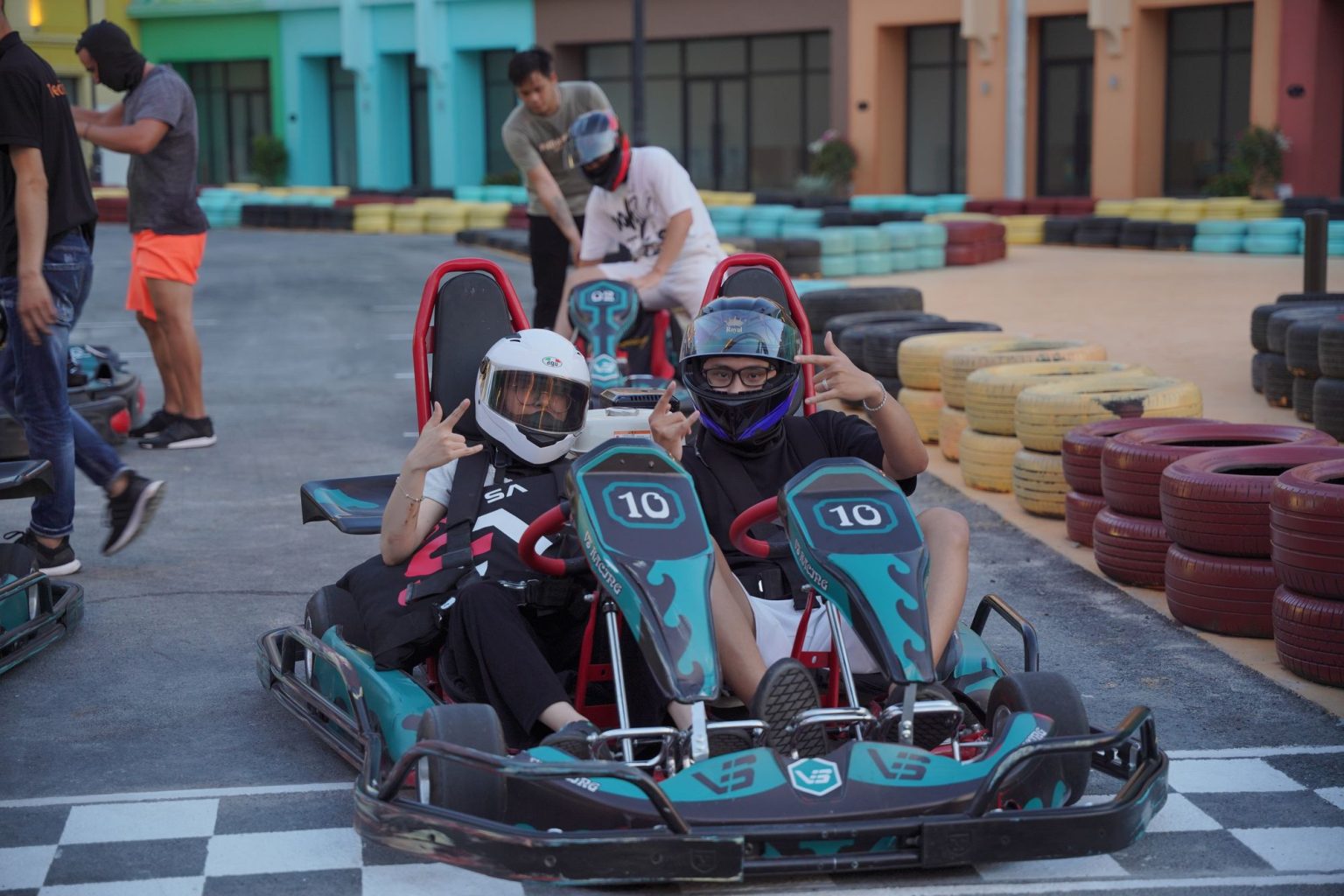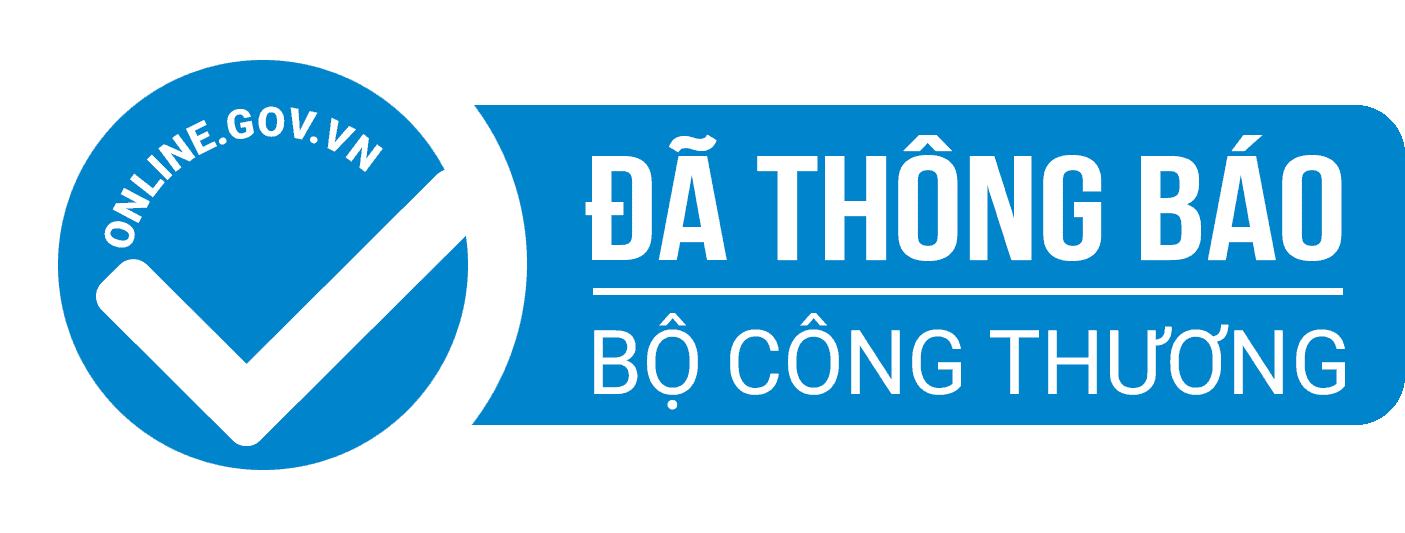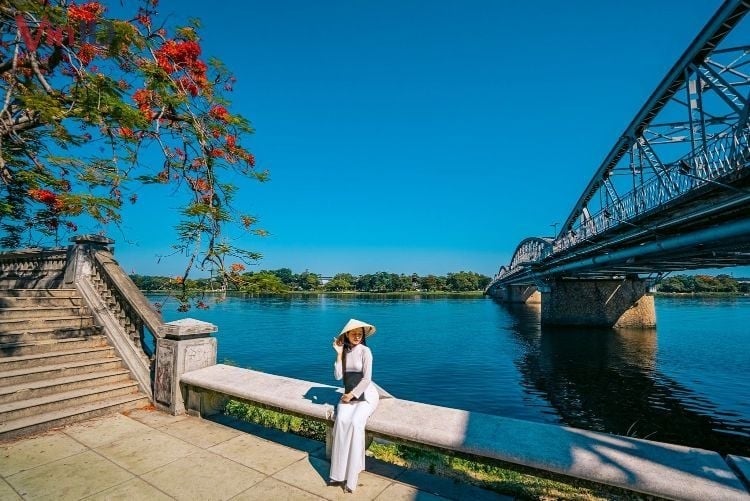
With 54 distinct ethnic groups, Vietnam boasts an extensive range of traditional clothing styles, characterized by their preference for bright, contrasting colors and intricate designs. Traditional Vietnamese dresses are an integral part of the country's heritage, as their patterns and designs reflect the diversity and vibrancy of the culture. Exploring the origins, history, and cultural significance of Vietnam’s traditional costume will bring an unforgettable memory during your Vietnam travel.
1. About ao dai – the world-renowned traditional Vietnamese dress
Ao dai, one of the most attractive Vietnamese traditional clothing, has become a beloved icon of Vietnam culture. This elegant and timeless Vietnamese dress has a fascinating story that spans centuries and continues to captivate tourists all around the globe.
1.1. The history of the national dress of Vietnam
The journey of this traditional Vietnamese clothing can be dated back to 1744, when Vietnam was separated into two territories: Dang Trong (Inner Land) and Dang Ngoai (Outer Land).
Originally designed during the era of Lord Nguyen Phu Khoat in the Inner Land, ao ngu than (the predecessor of ao dai) was a front-buttoned gown with pants. It was created to distinguish his people from those in the Outer Land. Soon, the dress evolved into a stunning symbol of social status, with royals and elites showing their class with their costumes of vibrant colors and sophisticated details.
In the 1930s, the Vietnamese traditional dress was redesigned by Vietnamese artist Lemur Nguyen Cat Tuong. Made simplified into two parts and more form-fitting, the modern version of ao dai was born. Although it was initially met with resistance, it quickly gained acceptance after Lemur designed a collection for Empress Nam Phuong, the wife of Vietnam's last emperor Bao Dai.
Later in the 1950s, the design of ao dai was updated into a versatile garment that could be worn for a wide range of occasions, from work, school to special ceremonies. This practical yet elegant design has stood the test of time, making ao dai an essential traditional Vietnamese dress.
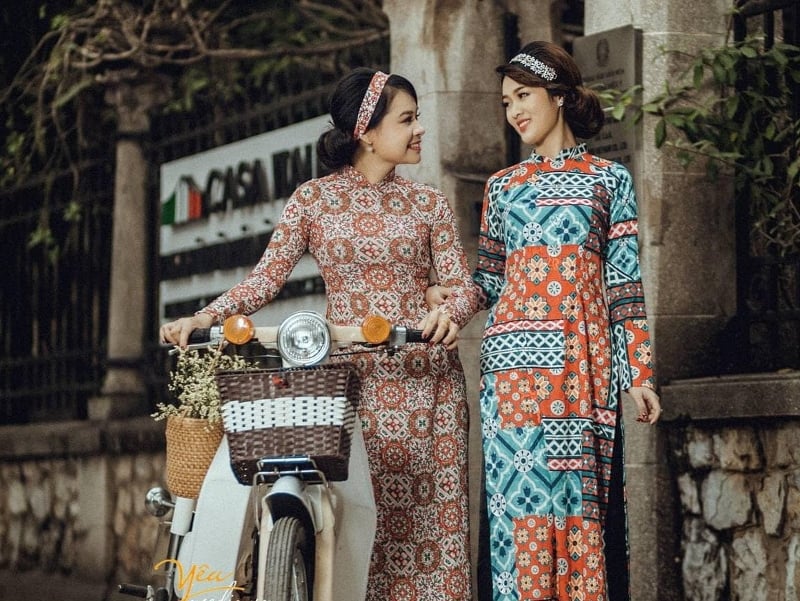
1.2. Colors and variations of ao dai
- Vietnam traditional dress for males:
As a traditional Vietnamese clothing for males, ao dai features a long silk tunic with a snug collar and elegant buttons down the left side, paired with loose pants that fall to the knees for ultimate comfort.
In the past, the color of a man's ao dai represented his social status. The royals wore gold while the emperor’s ao dai was embroidered with dragon patterns. Meanwhile, commoners adorned various shades of blue.
Nowadays, Vietnamese traditional clothing is no longer a daily wardrobe staple for males. Still, you can often find Vietnamese men wearing ao dai during special occasions such as weddings and Lunar New Year.
- Vietnam traditional dress for females:
The feminine version of ao dai possesses a striking difference from its masculine counterpart, with flowing silk that gracefully cascades down to the ankles. Nowadays, women’s ao dai comes in different varieties by incorporating new design elements, such as boat necks, cropped lengths, and short sleeves. The knee-length styles of ao dai are convenient for riding motorcycles or bicycles, while the scoop neck and boat neck styles offer a more relaxed and casual look for summer wear.
To complete the look, Vietnamese women often wear traditional conical hats, known as non la Vietnam, which are intricately woven from palm tree leaves. Ao dai and non la remain to be a beloved costume worn by women of all ages, making a lasting impression wherever they go.
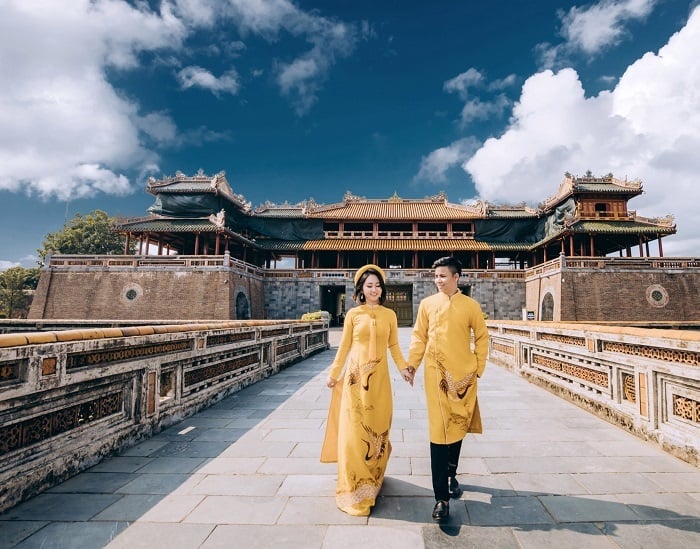
1.3. Occasions on which the Vietnamese wear ao dai
You can see Vietnamese people wearing Vietnamese ancient clothing on many occasions, especially during weddings, Mid Autumn Festival, and Lunar New Year. During Lunar New Year, it is popular to come across many local women donning this graceful garment as they visit their family and relatives, make their way to temples and pagodas, and capture stunning photos.
Ao dai is also regarded as a popular Vietnamese wedding dress. Ao dai has become the top choice for Vietnamese brides and grooms seeking to infuse their special day with cultural significance and a touch of modern flair.
>>> Find out more special things about the S-shaped country HERE!
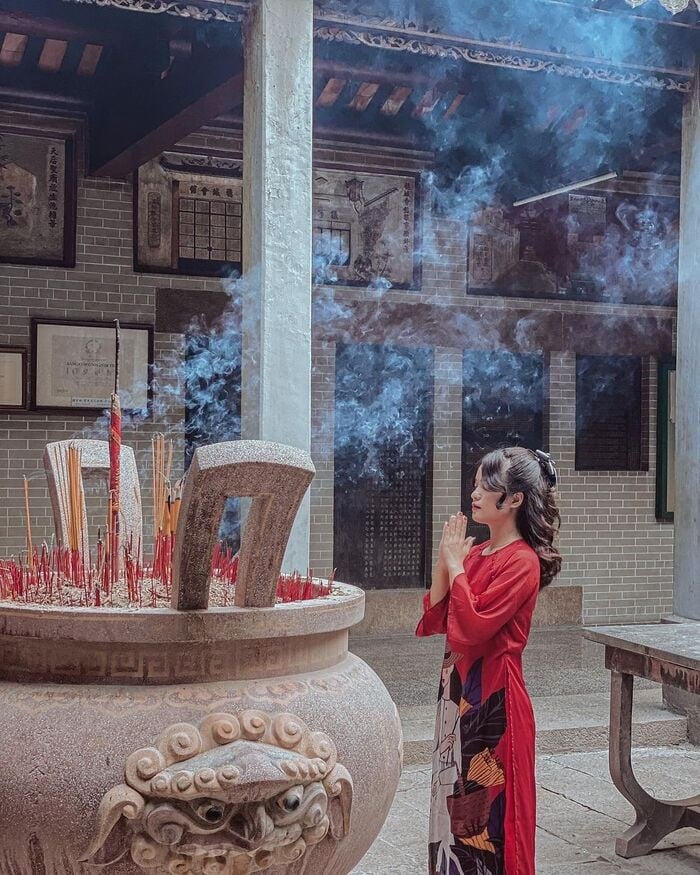
2. Learn about the traditional Vietnamese dresses of some ethnic groups
2.1. Thai people
Thai ethnic people still wear a unified outfit with three essential pieces, including a plain blouse, a long skirt, and a Pieu scarf. The beauty of Thai ethnic costumes lies in their intricate patterns and textures, which are inspired by natural figures such as flowers, the sun, dragons, and clouds.
Thai women's blouses are tailored to enhance their natural contours, and their costumes are completed with accessories like belts, hats, leggings, bracelets, and necklaces. During traditional festivals and important occasions, Thai women adorn themselves with full accessories, making them look exceptionally beautiful and stunning.
Compared to Thai women, Thai men's clothing is much simpler with a comfortable short-sleeve blouse in a split chest design, paired with pants that boast a unique crotch split.
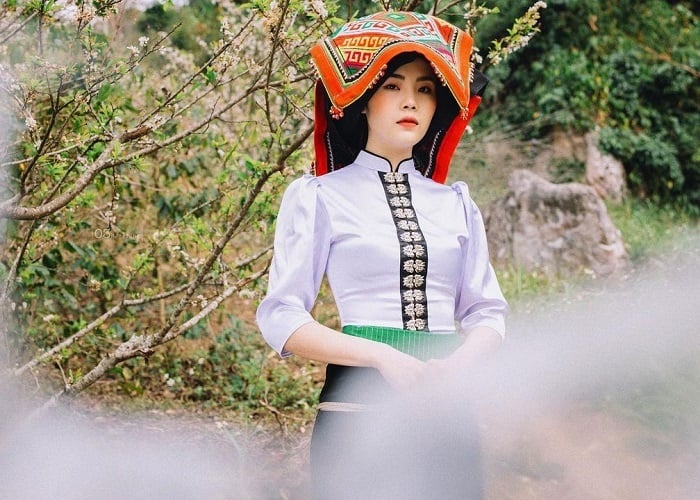
2.2. Khmer people
The traditional dress of the Khmer ethnic is undoubtedly a highlight on your journey to explore traditional Vietnamese dresses. Khmer people have a diverse range of costumes for everyday use and special occasions. Their Tkat and Batik dyeing techniques create shiny black silk and cotton fabrics, which are renowned around the world.
Khmer women's daily outfits feature colorful collarless silk shirts embroidered with oval inlays, flowers, and stripes. They also wear 'sarongs', a delicately embroidered piece of cloth wrapped around the upper leg, with the rest slipped between the legs to create short, bulging pants. Meanwhile, Khmer men wear long, embroidered sarongs and often pair them with black blouses.
At festivals and weddings, the Khmer traditional costume is more impressive. Brides typically wear a red or lotus pink gown with a close-fitting, sleeveless top cinched with a metal belt. The groom wears a red Hol dress, a long-sleeved blouse, and a white scarf across his body.
2.3. H’Mong people
Vietnam boasts a rich tapestry of H’mong cultures, each with their unique traditions, yet they share a common thread in their use of handwoven hemp, stitching, dyeing, and embroidery to create vibrant and intricate costumes. From an early age, H’mong women are taught the art of embroidery, and after marriage, they can skillfully sew clothing for their entire family. H'mong men wear a sleeveless shirt with a chest vent, complete with four pockets and four buttonholes. They pair it with drain-pipe pants that have a sleek and slim look.
>>> Check out the best time to visit Vietnam to admire our traditional costumes!
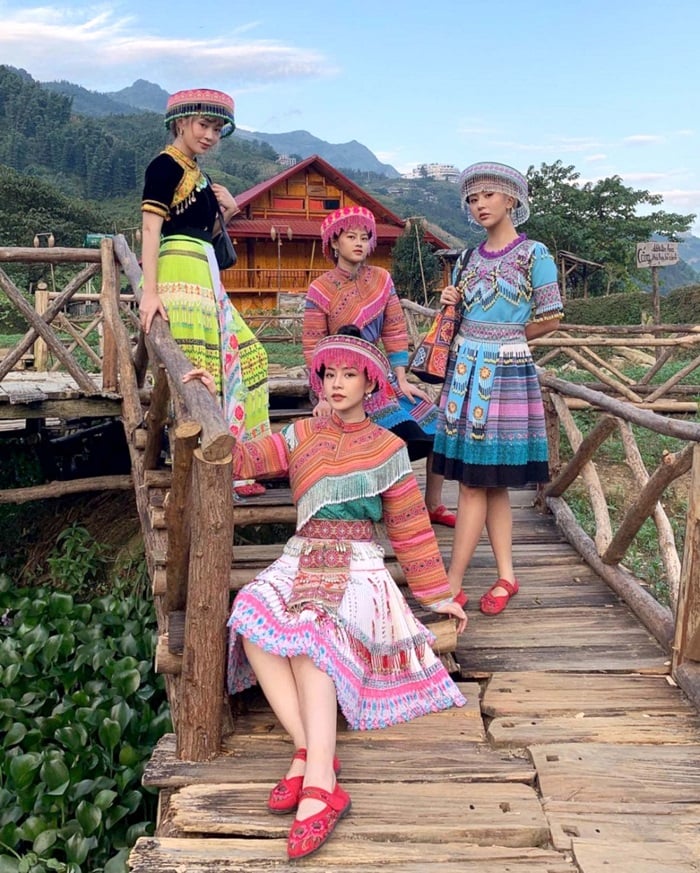
2.4. Cham people
The Cham people, who have a long history along the central coast of Vietnam, boast a fascinating culture that has been strongly influenced by the Indians. Although the traditional dress of Cham people may not be as vibrant as other styles found in Vietnam, it still possesses a unique and alluring beauty.
Both Cham men and women don long, one-piece sarongs. Men pair this with a button-down shirt, while women wear a long-sleeved pullover blouse. The waistband, which is the centerpiece of the attire, is intricately designed with golden meticulous details. During special occasions such as the Kate New Year Festival and Ramuwan Festival, Cham women wear colorful and charming long dresses. However, they only wear white dresses when attending religious masses. Also, a headscarf is a must-have accessory, as it is an important expression of their culture.

2.5. Muong People
Muong ethnic women wear a long flowing black dress and a white or brown long-sleeve shirt adorned with a line of buttons. They wrap a beautiful white or indigo head scarf around their head, adding a touch of elegance to their costume. The intricately embroidered dress hem and belt are the true gems of the Muong costume, making it a sight to behold.
Unlike women's costumes, Muong men's traditional clothing is quite simple and often includes an indigo shirt, a sash wrapped around the waist, and long wide pants.
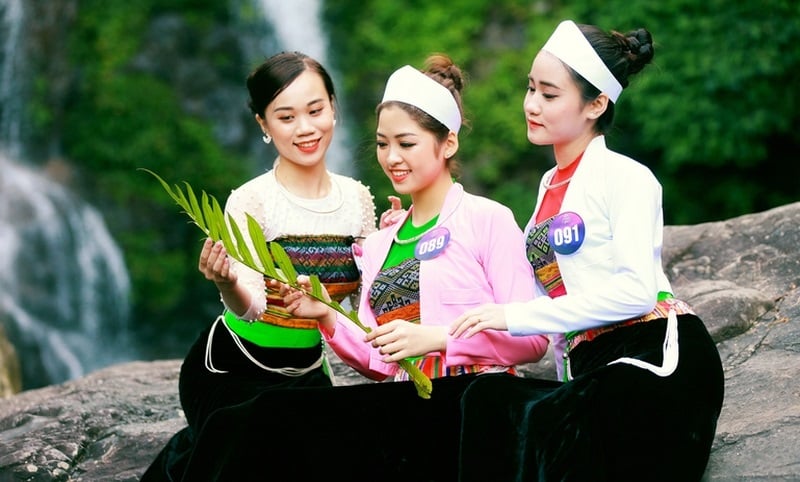
2.6. Ha Nhi people
There are two groups of Ha Nhi ethnic people in Vietnam: Ha Nhi Den and Ha Nhi Hoa. The Ha Nhi Hoa people have intricately designed traditional costumes, consisting of a shirt, hat, belt, and bib for women. The shirt is made up of two layers, with a short shirt layer worn on the outside and a long shirt layer on the inside. The sleeves have embroidery and patchwork in vibrant colors such as red, white, yellow, and blue. The design of the sleeves can also indicate the age and marital status of the wearer.
In contrast, the Ha Nhi Den people have simpler but no less elegant attire that mainly comes with black, blue, and white indigo colors.
Men's costumes are simpler and have deeper colors, such as black and indigo. They mainly consist of a shirt, pants, and a headscarf.
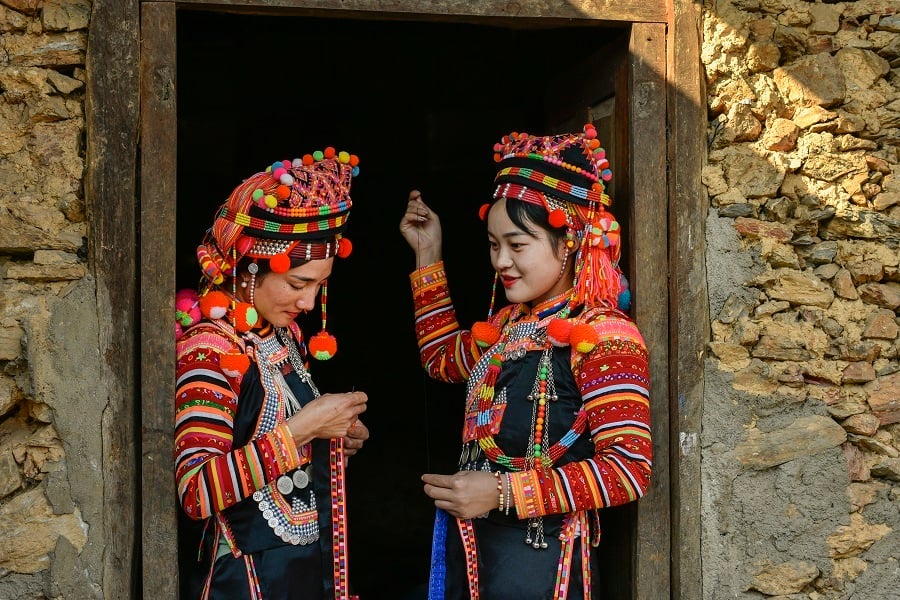
2.7. Red Dao people
The traditional dress of Red Dao people is adorned with charming red and white borders. Their trousers are decorated with embroidery that depicts their daily life. Especially, the headdresses of the Red Dao community are bedecked with silver studs, coins, and tassels. The striking triangular red turban of the Red Dao headdresses is sure to captivate anyone's attention.
For Red Dao men, the everyday wear is simple with black indigo shirts. On formal occasions, they wear a red long-sleeve shirt with colorful floral embroidery.
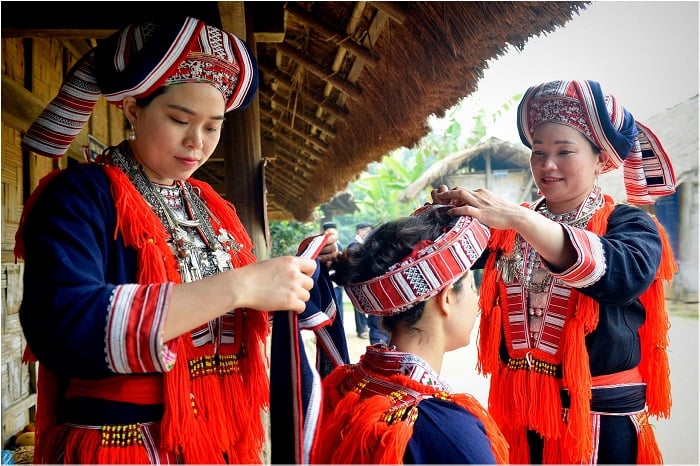
The traditional Vietnamese dresses may have evolved over time to incorporate some elements of Western fashion, but their timeless appeals and distinct features have been carefully preserved. Despite the convenience and practicality of modern clothing, Vietnamese people continue to take pride in their rich cultural heritage and unique sense of style. The country's stunning beauty is further enhanced by the elegance and allure of its traditional dresses, making Vietnam a must-see destination for culture and history lovers.
Whether you are an adventurous explorer or a culture enthusiast, there are numerous things to do in Vietnam besides discovering the country’s charming traditional dresses. Some must-try activities in the S-shaped country include admiring the natural scenery, learning about the local culture and Vietnamese language, and savoring the delectable cuisine.
It is also crucial to choose the most suitable accommodation when planning a trip to Vietnam. To guarantee an unforgettable stay, look no further than Vinpearl's exceptional range of hotels and resorts. As Vietnam's pre-eminent hospitality brand, Vinpearl offers a plethora of accommodation options in the country's top-rated tourist destinations, ensuring a stay that is both convenient and memorable:
- Vinpearl Phu Quoc: Located along the crystal-clear beaches of Phu Quoc, Vinpearl Phu Quoc boasts premium services for your incredible sojourn in this paradise island, such as restaurants, lush greenery, and spas.
- Vinpearl Nha Trang: This luxurious accommodation in Nha Trang offers tourists an opulent vacation with a range of exciting entertainment options such as swimming pools, golf courses, and water sports.
- Vinpearl Resort & Golf Nam Hoi An: Looking for a tranquil and delightful escape near Hoi An? With Vinpearl Resort & Golf Nam Hoi An’s exceptional facilities, premium services, and stunning settings, you will be sure to have a memorable and rejuvenating experience here.
- Vinpearl Resort & Spa Ha Long: As the first and only resort in Northern Vietnam built entirely on the sea, Vinpearl Resort & Spa Ha Long offers a one-of-a-kind lodging experience thanks to the spectacular view of limestone cliffs and pristine beaches of Ha Long.

>>> Book rooms in Vinpearl Phu Quoc, Vinpearl Nha Trang, Vinpearl Resort & Golf Nam Hoi An, Vinpearl Resort & Spa Ha Long for a memorable stay in Vietnam!


